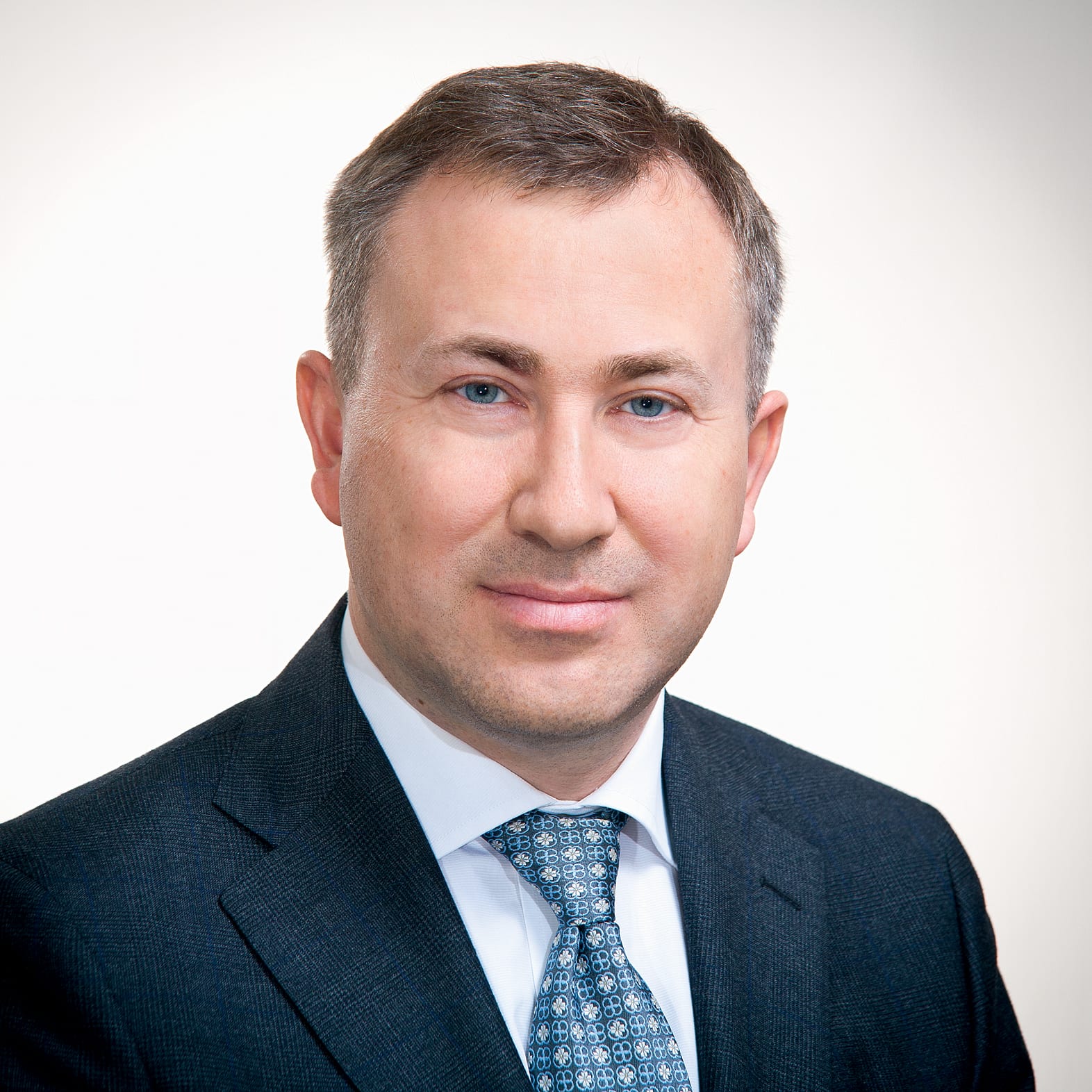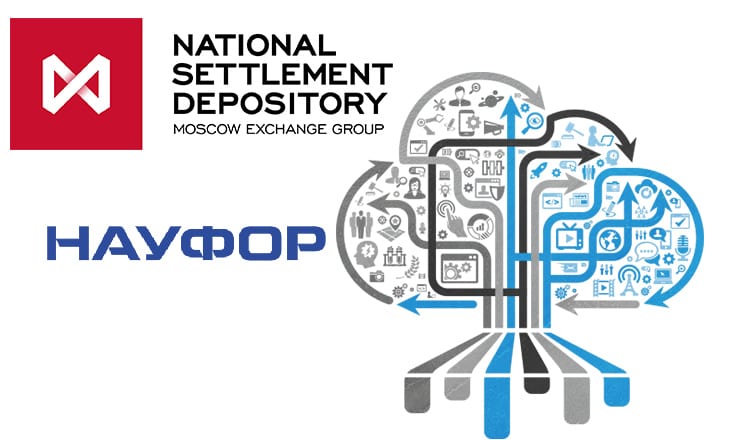National Settlement Depository (NSD), Russia’s central securities depository, in cooperation with the Russian National Association of Securities Market Participants (NAUFOR), has launched a centralized system for record keeping and distributing Unit Investment Trust (UIT) units. The new system allows users to get access to operations with the UIT units for all asset management companies connected to it and to automate interactions between brokers and asset management companies.
NSD has a wide correspondent network: it has opened nominee accounts with 650 registers of UIT unit holders; 460 nominees-depositories are NSD clients. After the launch of the centralized scheme, brokers and nominees will have the opportunity to provide end investors with access to the operations with any UIT units of any asset management company connected to the system. In turn, asset management companies can place their UIT units by using the new system’s open architecture for sales without making agreements with brokers. Thus, the technological platform introduced by NSD allows brokers and asset management companies to unify their client bases and offer their clients’ new services.
Eddie Astanin, Chairman of the Executive Board, NSD, pointed out:
We expect that the implementation of the new platform will accelerate the development of distant operations with UIT units for end investors and will support the positive dynamics of the inflow of cash to open trusts of all types. Among other things, our platform will expand opportunities for carrying out operations with UIT units within the framework of individual investment accounts.

Alexey Timofeev
Alexey Timofeev, Chairman of the Executive Board, NAUFOR, said that the new system would considerably facilitate access to UIT units and represent a step towards integrating brokers’ and collective investment institutions’ client bases. He added:
This should reduce the general costs of UIT units’ placement and repurchase. Based on our idea, the automated purchase of units should allow asset management companies not to focus on how their agent network functions, but rather to increase the level of competition in the industry.
A client shall take a minimum number of steps to connect to the system: for example, an asset management company shall conclude an EDI agreement and a functional agreement with NSD; a broker or a nominee shall sign a securities agreement and an EDI agreement. The new platform’s users will be able to buy, repay, or exchange asset management companies’ UIT units via NSDirect, a universal web client which does not require users to upgrade their systems.
For the system’s development, NSD has considerably reduced its fees for operations with UIT units. UIT units will be delivered to the clients free of charge, and the fee for repaying or exchanging them will be RUB 50 (less than USD 1).
According to the Bank of Russia’s data, in Q3 2016, the total value of net assets for all UITs (including open, closed, and interval trusts) in Russia stood at almost RUB 2.5 trillion (as compared with RUB 2.3 trillion for Q3 2015); RUB 630 billion of this sum belonged to non-qualified investors. Meanwhile, in Q1-Q3 2016, the total inflow of cash to open trusts of all types increased substantially as compared with 2015 and reached RUB 14.1 billion (RUB 3 billion in 2015).
Project phases
Implementing the centralized platform assumes the unification of data interchange formats and standards, enhanced transparency, and standardization of information disclosure. Currently, the first phase of the project is the creation of the brokerage scheme.
In the second phase (2018-2020), the market will offer a unified technological platform for agents and investors. It will let all sales points and agents, as well as legal entities and individuals, prepare and submit electronic forms and applications for buying, repaying, and exchanging UIT units signed with electronic signatures to asset management companies. In a technological sense, all asset management companies’ web clients will be integrated into the unified system; an investor will be able to conduct operations with UIT units of all asset management companies connected to the system via his or her own web client.
Agents will also be allowed to use the unified platform.
